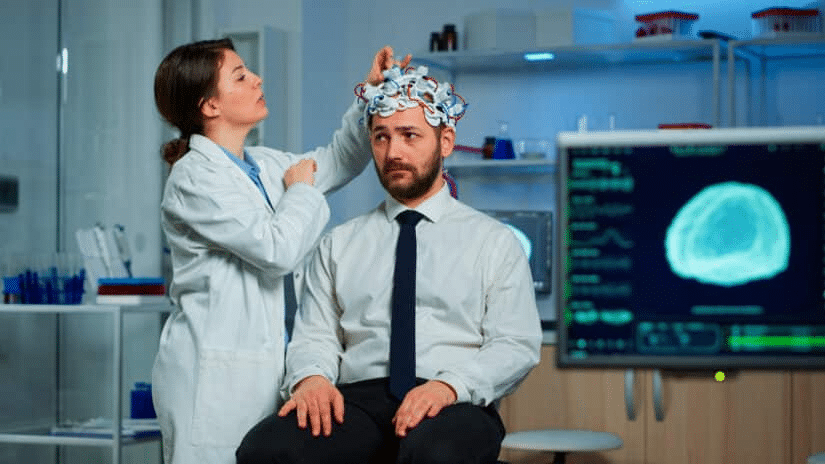
Brain injuries are among the most devastating and life-altering types of injuries a person can suffer. Whether caused by a car accident, slip and fall, workplace incident, or medical malpractice, these head injuries often result in long-term physical, emotional, and financial losses. Victims frequently require extensive medical care, experience memory loss, and suffer emotional distress and a reduced ability to engage in daily activities.
One of the most important aspects of pursuing a brain injury claim is proving negligence. To hold a responsible party legally accountable, the injured person must demonstrate that their injury resulted from someone else’s failure to act as a reasonable person would under similar circumstances.
Understanding Negligence in Brain Injury Claims
Negligence is a central concept in personal injury claims. In brain injury cases, a negligence claim arises when a person or entity fails to use reasonable care, causing harm to another.
To succeed in a brain injury lawsuit, four key elements of negligence must be established:
- Duty of Care
A personal injury lawyer must first show that the negligent party owed the injured party a duty of care,a legal obligation to act with a reasonable level of caution.- Drivers must obey traffic laws.
- Property owners must correct dangerous conditions.
- Medical professionals must provide appropriate medical treatment.
- Breach of Duty
Next, the injured person must prove the fault party breached that duty by acting negligently or recklessly.
Examples include:
Evidence may include accident reports, witness testimony, and surveillance footage.- Drunk or distracted driving
- Unsafe property conditions
- Surgical errors or misdiagnoses by a medical expert
- Inadequate workplace safety measures
- Causation
The breach must directly cause the injury. Two components are involved:- Cause in fact (“but for” the action, the injury wouldn’t have happened)
- Proximate cause (the injury was a foreseeable result)
- Damages
Plaintiffs must show actual harm such as:- Medical costs for hospitalization, rehabilitation, or surgery
- Lost income and future earning potential
- Pain, suffering, and loss of enjoyment of life
- Non-economic damages like mental anguish
Types of Evidence Used in a Brain Injury Lawsuit

A successful claim requires strong medical evidence and documentation. Important types of evidence include:
- Medical Records: Detail treatment timelines and the nature of injuries.
- Expert Witnesses: Testimony from neurologists or medical experts explaining the injury’s severity and its impact.
- Eyewitness Statements: Recollections from those who saw the event.
- Accident Reports: Police and official workplace reports help establish facts.
- Video/Photographs: Images of the scene or injuries can show clear fault.
- Expert Opinions: Analysis from accident reconstruction experts or safety professionals.
Challenges in Proving Negligence
Several factors make brain injury lawsuits complex:
- Delayed Symptoms: Effects like loss of consciousness, confusion, or personality changes may not appear immediately.
- Pre-existing Conditions: Defendants may argue symptoms existed before the accident.
- Invisible Injuries: Closed head injuries often lack obvious signs.
- Multiple Liable Parties: In cases involving commercial vehicles or construction, more than one responsible party may be involved.
Comparative Fault in South Carolina
South Carolina follows modified comparative negligence rules. You can recover damages only if you’re less than 51% at fault. If you’re found partially liable (e.g., 30%), your compensation will be reduced accordingly. This applies to brain injury victims and all personal injury claims.
Statute of Limitations
In South Carolina, you generally have three years to file a brain injury claim. If the injury stems from medical malpractice, the timeline may vary depending on when the injury was discovered. Consulting with a personal injury attorney early helps protect your right to compensation.
The Role of Legal Representation
Navigating the claims process can be overwhelming, especially when dealing with insurance adjusters or an uncooperative insurance company. A skilled personal injury attorney can:
- Investigate your case
- Collect necessary expert testimony
- Deal with the insurance provider
- Fight for a fair settlement or take your case to trial
- Ensure compliance with all deadlines
Working with an attorney can increase your chances of obtaining maximum compensation.
Why Immediate Action Matters
Delaying your claim can jeopardize success. Evidence can be lost, witnesses may forget details, and deadlines can pass. Prompt legal action preserves your rights and strengthens your case.
Conclusion
Proving negligence in a traumatic brain injury case involves complex legal analysis and detailed medical evidence. It’s essential to establish each element of negligence and prove the full extent of the damages,both current and future. From lost wages to rehabilitation costs, to long-term cognitive and behavioral changes, a thorough legal strategy is necessary.
If you or a loved one suffered a brain injury due to someone else’s negligence, don’t wait. Contact Ted Law Firm today for a free consultation. Our experienced legal team will fight to secure the fair compensation you deserve. We proudly serve injury victims in Aiken, Anderson, Columbia, Greenville, North Augusta and Orangeburg. If you’ve been injured due to someone else, our experienced attorneys are here to help you seek justice and recover the compensation you deserve. Contact us today for a free consultation .

